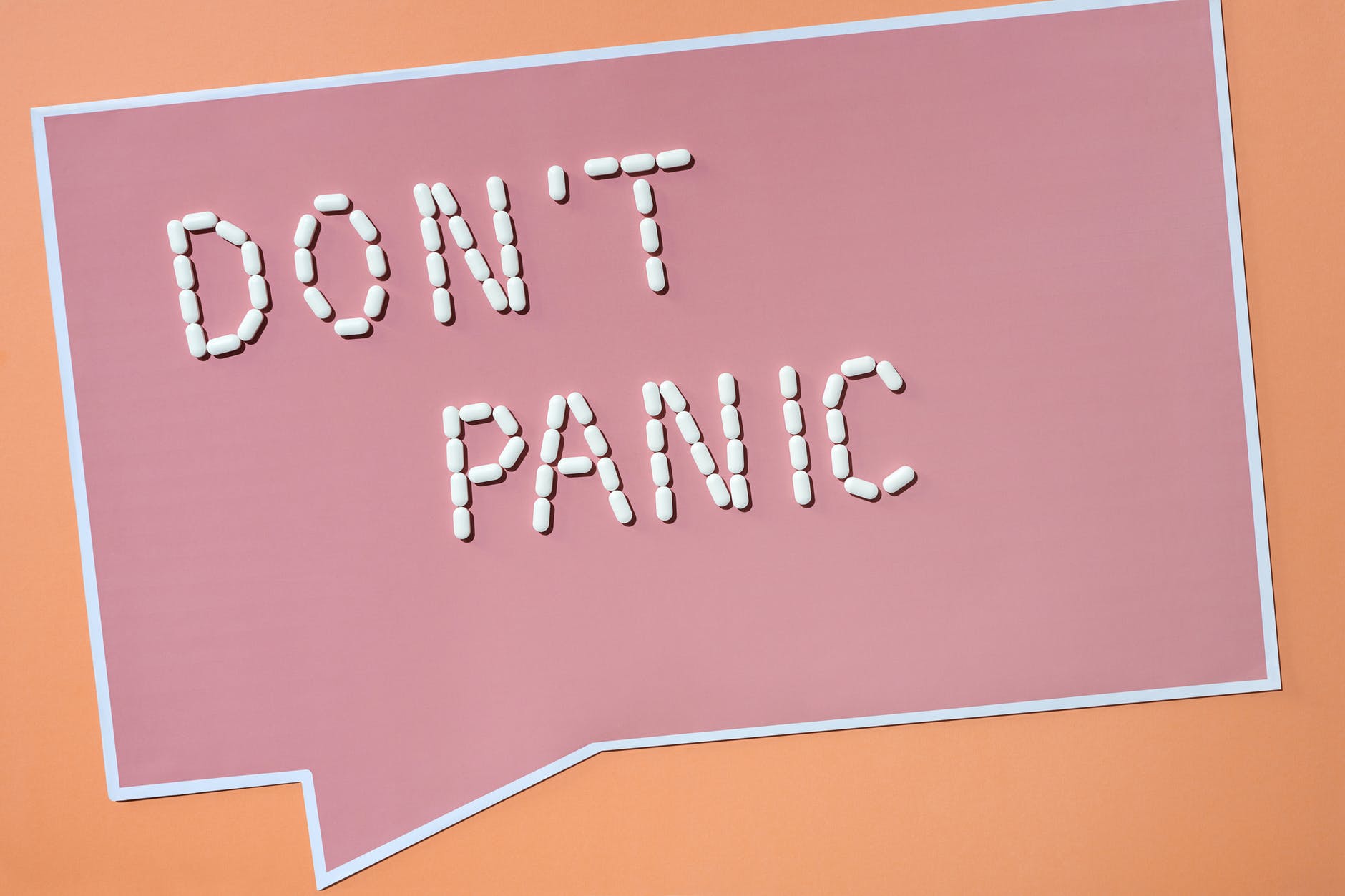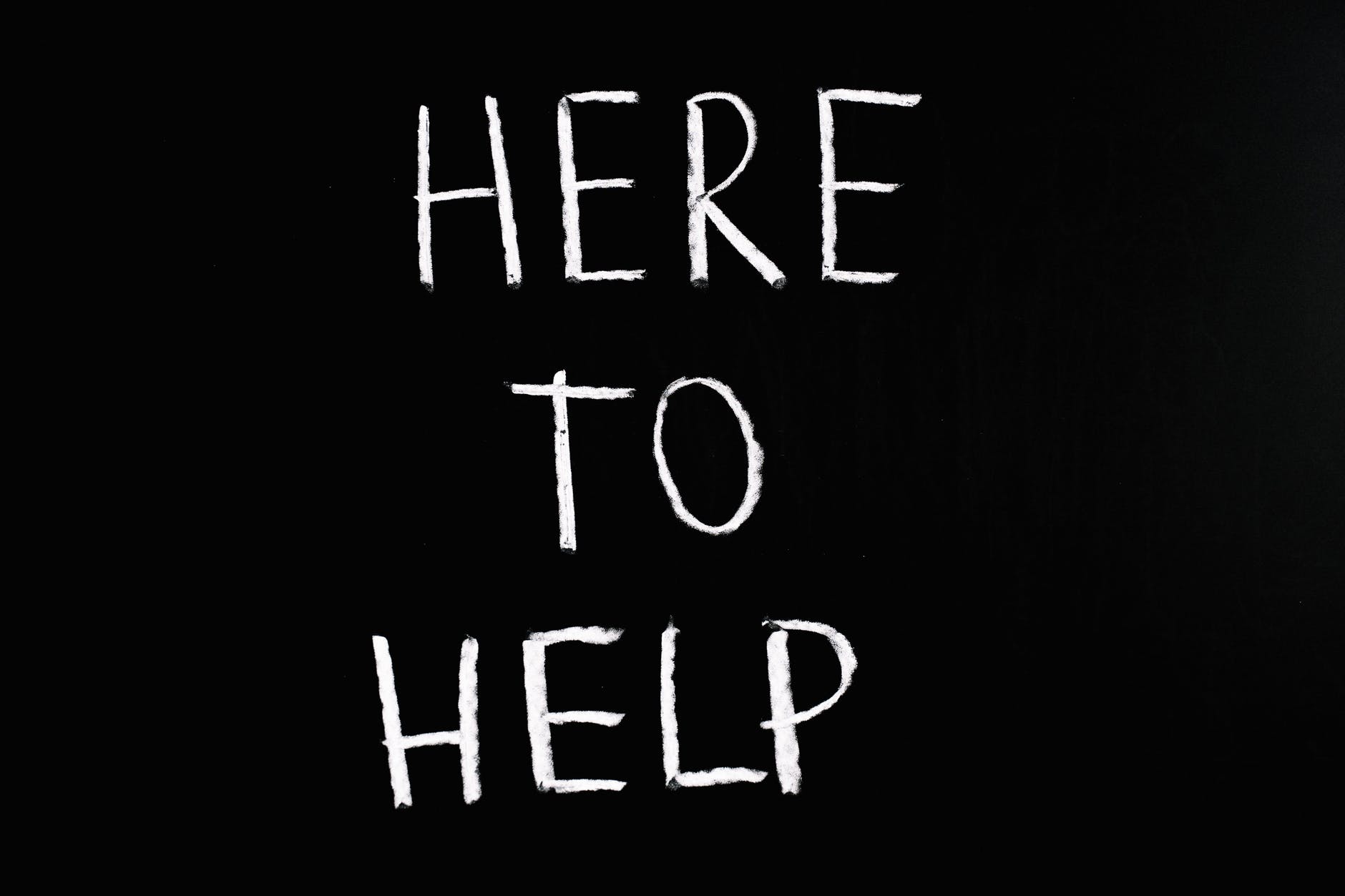Have you ever had a panic attack? Well, you’re not alone – as psychotherapist, Sharon Hinsull, explains.
Recent findings published by the UK’s Office for National Statistics reveal a significant rise in the number of people reporting heightened levels of anxiety since the start of the Covid pandemic.
As a therapist, I have seen a steady increase in cases of anxiety over the past few years, and never more so since the arrival of Coronavirus. Symptoms can range from mild to severe, and there are various different forms of anxiety that people might experience. In the majority of cases there will usually be a combination of signs and symptoms to watch out for.

As mental health charity Anxiety UK points out, not all the likely indicators of the condition are necessarily very easy or obvious to spot:
When people think of anxiety it is often the psychological symptoms that tend to first come to mind, but there are also some very real physical symptoms linked to anxiety that are worth being aware of. When we experience anxiety our body experiences a chain of events that is designed to help us when we are in situations of real danger: this is known as the ‘flight of fight’ response. As a result of this response, we can experience a range of physical symptoms that we may not initially realise are linked to our anxiety.
The physical signs of anxiety can be quite wide-ranging, but might typically include any combination of the following:
- Shortness of breath or over-breathing (hyperventilating)
- Pain or tightness in the chest
- Feelings of ‘butterflies’ in the stomach
- Increase in heart rate, or palpitations
- Increased perspiration/sweaty palms/hot flushes
- Feelings of nausea, or needing to go to the toilet more often
- Dizziness or headaches
- Shaking
- Dry mouth
Many of these symptoms, when viewed in isolation, can easily mimic those of other medical conditions, including some that may feel potentially life threatening to the person experiencing them. In more severe moments of anxiety, a feeling of panic may begin to set in which, whilst usually only brief in duration, can be extremely frightening and debilitating for the time it lasts.

Controlling Panic In Four Simple Steps
For anyone struggling with feelings of anxiety and fearing that they might be about to suffer a panic attack, the following four simple steps can be helpful in trying to bring the worst of the symptoms under control:
- FOCUS – Feel your feet flat on the floor. Recognise and name three things you see around you.
- BREATHE – Check you are breathing through your nose, slowly in and out to the count of four. Place one hand on your tummy to check you are breathing from your diaphragm. Repeat.
- ACCEPT – You are doing fine, this is just a bunch of feelings caused by adrenaline. The adrenaline will soon start to decrease.
- RELAX – Concentrate on dropping your shoulders. As you breathe out, let them drop a notch, then repeat five times.
As with all relaxation methods, the more these steps can be practised, the easier they will be to remember. Rather than waiting for feelings of anxiety to arise before attempting to put these measures into action, it’s a good idea to familiarise yourself with the four recommended steps by practising them when you are in a composed state of mind.
Alternatively, you might want to try storing these instructions in the form of a voice recording which can be easily accessed and played back at the required time. As with any form of mindfulness technique, by getting into the habit of running through these four steps on a regular basis, the greater your ability to control any future panic attacks is likely to become.

Organisations Of Support
- Anxiety UK has a wealth of useful information available via its website, including links to a variety of online support groups and therapist-led anxiety-management courses.
- The No Panic website features a wide range of advice and information, including access to dedicated helplines and a live chat facility for support with anxiety.
- No More Panic is a valuable source of support and information for people experiencing anxiety, and includes a community message forum and chatroom.
Sharon Hinsull is a BACP registered counsellor and psychotherapist.










Leave a Comment
You must be logged in to post a comment.